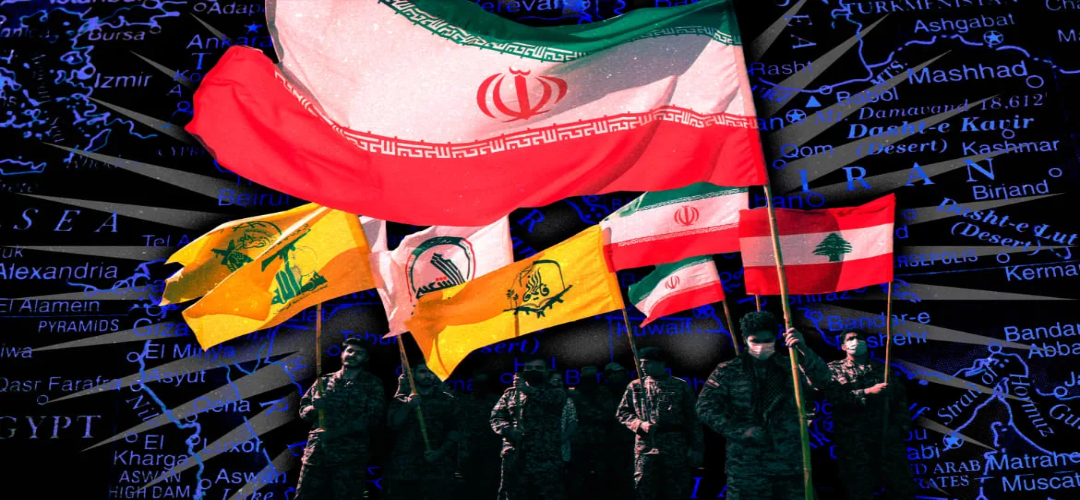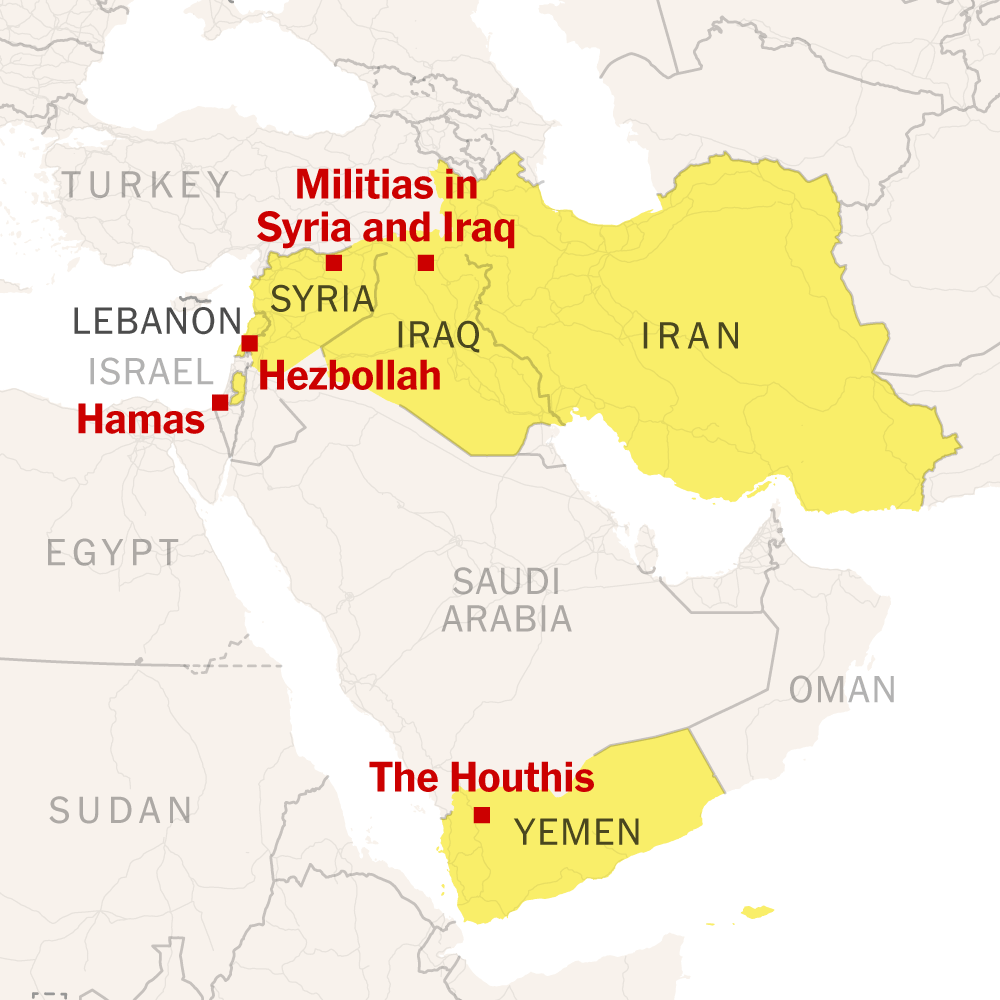Shadow Wars to Direct Combat
April 20, 2024 | Expert Insights

Iran and Israel have often locked heads in the past but mostly through the agency of Iranian proxies-Hamas, Hezbollah and Assad’s Syria. Now, after the Iranian consulate in Damascus was razed to the ground in a missile strike (not claimed by Israel as yet), the rules of the game have clearly changed. With two of its senior Islamic Republic Guards generals amongst the seven dead whose remains were dug out of the debris, Teheran could no longer overlook this insult; a retaliatory strike was inevitable.
A week later, Israel is reported to have retaliated by a selective strike on Ispahan, but it does not appear that the strike was of a major nature. Tehran has played down the incident and indicated no plans for retaliation.
Background
After a recent airstrike in Damascus killed around seven Iranian officials, including the top commander Mohammed Reza Zahedi of Iran’s Revolutionary Guards (IRGC), retaliation was very much on the cards. The death of Iranian citizens in the Consulate in Syria was condemned by Iran’s Leader, Ayatollah Ali Khamenei and President Ebrahim Raisi.
When it came, the Iranian counter-strike was impressive. Iran's retaliation encompassed more than 300 projectiles, including 170 drones, 30 cruise missiles, and 120 ballistic missiles targeting Israel. Reportedly, support also came from parts of Iraq, a region of Yemen, and Lebanon’s Hezbollah in adding to the confusion as hordes of drones followed by ballistic missiles and cruise missiles headed for Israel. As per reports, an Israeli airbase in the South suffered light structural damage. However, the base has resumed its usual functioning, enabling plans to continue using it. One child was wounded, and there were no fatalities.
Iran’s surprise yet expected retaliation caused less than modest damage in Israel, with most drones and missiles being shot down by Israel's Iron Dome defence system with help from the U.S., Britain, France, and Jordan. Around six missiles were destroyed by U.S. ships, and a little more than 70 Iranian UAVs were shot down by warplanes in the Eastern Mediterranean Sea.
Iran’s state-run media projected the counter as a successful mission that achieved its intended outcomes.

Analysis
Dr. Ali Vaez, director of the Iran Project at the International Crisis Group, stated that Iran's new military approach of choosing a direct attack on Israel by firing 300 drones and missiles toward Israel paints a shifted narrative, indicating the end of Kamenei’s strategic and diplomatic patience. However, retaliation was intended to be flashy but not fatal. Israel suffered minimum damages as Iran did not intend to cause significant harm to civilians or even infrastructure during the calibrated and planned attack.
Iran views this attack with strategic lenses to avoid a larger regional conflict, particularly with the U.S. This decision was influenced by Iran’s domestic policy and internal pressure from Kamenei’s base. This counter-strike also sends out a message to Iran-aligned groups in the Arab region, and global players have noted Iran's response to aggression.
These attacks have also left Jordan in a dangerous position, potentially destabilizing the "island of stability." Jordan's leadership has called for a ceasefire in Gaza to prevent escalating the conflict into a regional war. Despite calls for de-escalations in the region, Netanyahu's war cabinet seemed to favour a counter-strike. However, with Israel’s retaliation, Iran has not shown interest to continue harassing Israel, causing global economic disruption.
These attacks have resulted in oil prices rising following Iran's attack on Israel, then falling as no major escalation seemed to be materialising. However, there is a palpable tension globally in the markets as everyone expects the powder keg of the Middle East to blow up any time.
Iran's recent attack on Israel, involving over 300 munitions, was unprecedented, but the threat of cyberattacks accompanying it was not unprecedented. The intensity of cyberattacks against Israel has tripled since the Hamas attack in October 2023. The U.S. and Iran have been engaged in a cyber rivalry for over a decade.
The U.S. and Israel may use cyber operations to counter Iran's cyber threats, as they believe cyber is less escalatory than kinetic operations. Israeli operations against Iran could take various forms, including attacks on nuclear facilities, military or civilian infrastructure, and disrupting centres of gravity inside the country. The most prominent examples are from the Israel-linked group Predatory Sparrow, which attacked Iran's train networks, steel mills, and gas stations between 2021 and 2023. These actions align with Israel's objectives and with their goal of causing major public disruption without significant escalation or loss of life, unlike Iran's highly telegraphed missile launches.
A delicate balance needs to be maintained to avoid an overt conflict. However, escalation planned behind closed doors in Iran and Israel aims to intensify their shadow war. Despite multiple warnings from the U.S. and E.U. against a counter-offensive against Iran, Israel feels the need to protect its sovereign territory.
Assessment
- Iran’s strike on Israeli soil is a stunning escalation between the two countries, shifting the conflict between the two from covert to overt. What happens next will depend ultimately on how Israel chooses to respond, now and later.
- Israel's advanced military forces and sophisticated state-level defence capabilities in cyberspace make them unlikely to require U.S. assistance for a cyberattack against Iran. Israel's cyber operational activity is carried out by Israelis, using Israeli technology and coding, making them likely to sustain the next phase of the fight.
- A restrained military response would reap rewards for Israel on the world stage, helping repair its frayed relationships with the United States and with its Arab neighbours. As regards Iran, it has helped Israel by taking away the focus from Gaza.








Comments